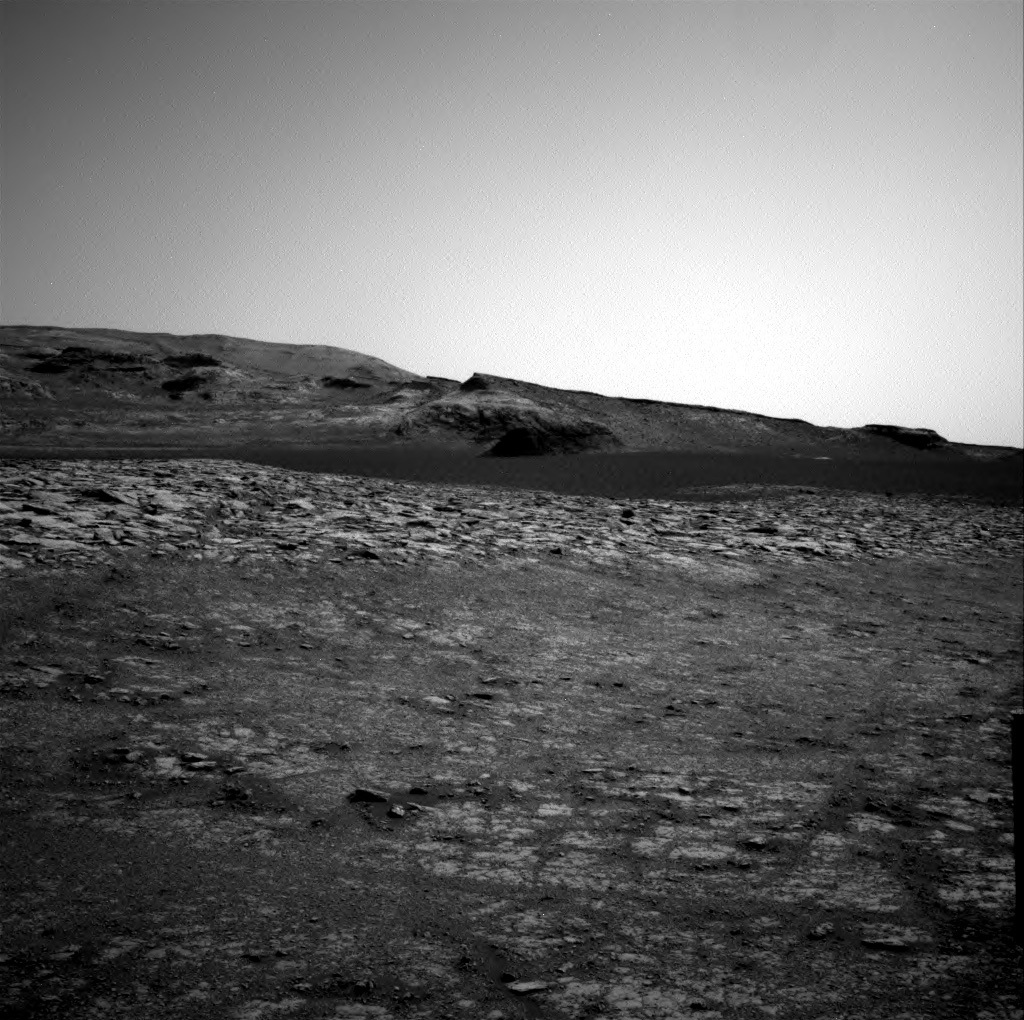2 min read

In the weekend plan for sols 3017-3019, Curiosity will attempt a novel experiment to witness the “triboelectric effect” for the first time on Mars. What is the triboelectric effect? Certain materials build up an electrostatic charge when they move around, and when that buildup of electricity discharges, it can cause a spark. You may know the triboelectric effect as the static cling – and occasional shocks – from clean clothes fresh out of the dryer.
On Mars, no clothes are tumbling in dryers, but sand grains are tumbling in the wind, and they could build up a triboelectic charge. When that electricity discharges, it could ionize gases near the surface, which could influence Mars’ atmospheric chemistry. If the discharges occur at night, it may be possible to see a spark above the sands. In the likely event we don’t see any flashes of light, we’ll still be able to place constraints on how much this process occurs at Gale.
So for this weekend, the team planned a series of MAHLI images to be taken at night, staring at the large sand deposit to the south (which Curiosity had recently investigated at the “Sands of Forvie” location, see the blog for Sols 2989-2991). We can’t be certain if the triboelectic effect will be visible to MAHLI – but the possibility of capturing it has certainly sparked our curiosity!
In addition to the triboelectric experiment, the science team also plans to use APXS and MAHLI to study the bedrock target “Neuvic,” Mastcam to take multispectral images of “Neuvic” and the adjacent bedrock target “Vezere,” in addition to panoramic images of the landscape, and Navcam to take movies to search for dust devils. For sol 3018, the team planned a long drive for Curiosity to the east, making steady progress towards the sulfate-bearing strata of Mt. Sharp.
Written by Melissa Rice, Planetary Geologist at Western Washington University







